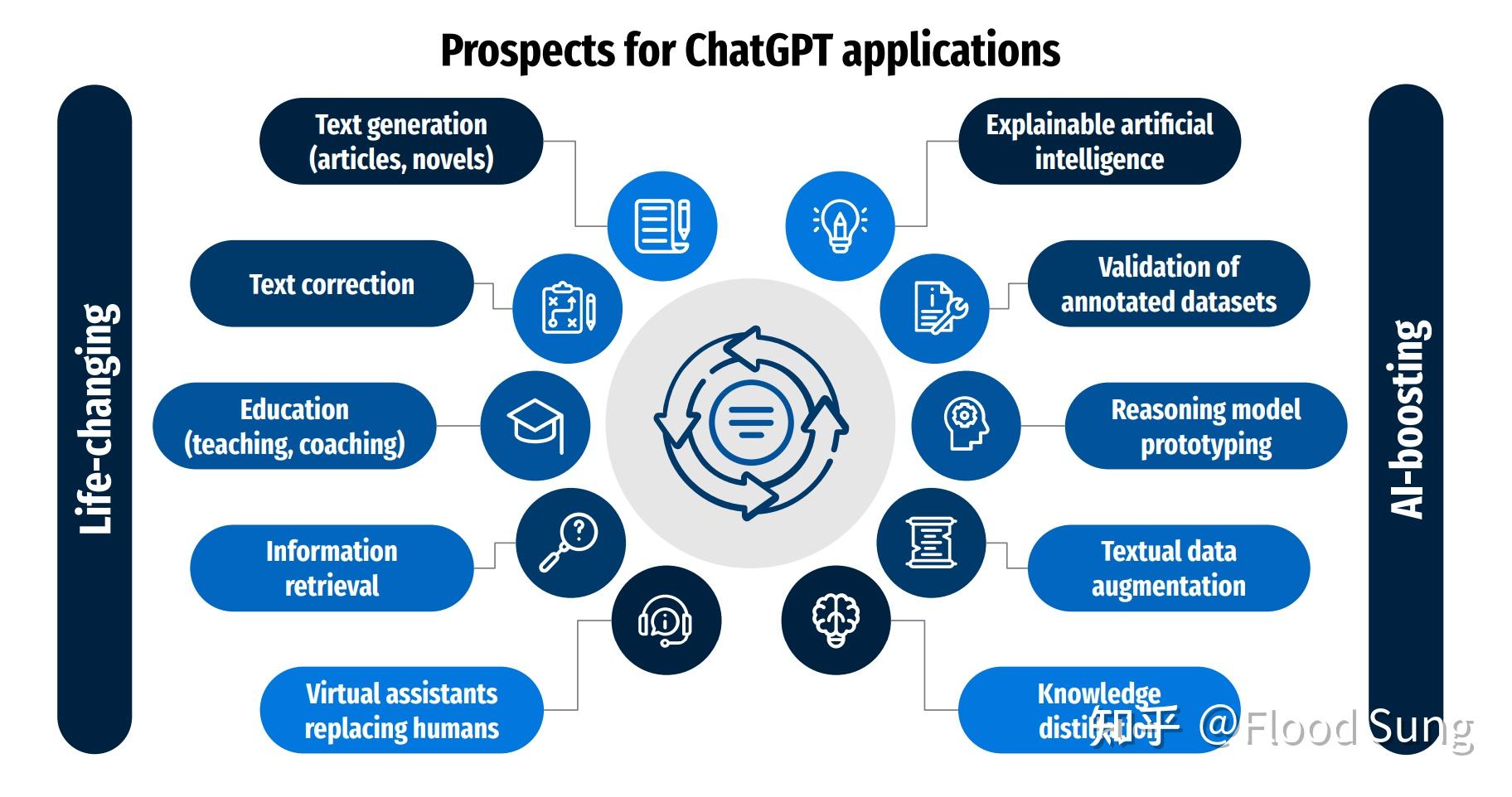|
In today's interconnected world, where information flows through networks at an unprecedented rate, network security has become paramount. With increasing cyber threats and sophisticated hacking techniques, it is crucial to implement robust measures to protect sensitive data and ensure the smooth functioning of digital systems. This article will explore various aspects of network security and highlight key strategies for enhancing it. Firewalls and Intrusion Detection Systems (IDS): Firewalls act as the first line of defense against external threats by monitoring and controlling network traffic. They examine incoming and outgoing packets based on predetermined rules, allowing or blocking access accordingly. Intrusion Detection Systems (IDS) complement firewalls by actively scanning network traffic for suspicious patterns or behaviors, alerting administrators to potential attacks. Encryption: Encryption plays a vital role in safeguarding data transmitted over networks. By converting data into complex codes using cryptographic algorithms, encryption ensures that only authorized recipients can decipher and access sensitive information. Implementing strong encryption protocols such as Transport Layer Security (TLS) for secure communication between devices and networks adds an extra layer of protection against eavesdropping and data tampering. Access Control and Authentication: Controlling access to networks and systems is essential in preventing unauthorized individuals from gaining entry. Robust access control mechanisms, including strong passwords, multi-factor authentication, and role-based access controls (RBAC), ensure that only authorized users can log in and access specific resources. Regularly updating user credentials and implementing privileged access management (PAM) further strengthens network security. Regular Patch Management: Software vulnerabilities are often exploited by hackers to gain unauthorized access. Regular patch management ensures timely installation of security updates and fixes known vulnerabilities in operating systems, applications, and network devices. Automated patch management tools streamline this process, reducing the window of opportunity for potential attacks. Employee Awareness and Training: Human error remains one of the biggest vulnerabilities in network security. Educating employees about best security practices, such as recognizing phishing emails, creating strong passwords, and avoiding suspicious websites, significantly reduces the risk of successful attacks. Regular security training sessions and simulated phishing exercises help reinforce good security habits among employees. Network Monitoring and Incident Response: Continuous network monitoring allows organizations to detect and respond promptly to security incidents. Implementing real-time monitoring tools and security information and event management (SIEM) systems provides visibility into network activities, enabling the identification of potential threats and quick incident response. Establishing an incident response plan with defined roles and responsibilities ensures a coordinated approach to handling security breaches. Vulnerability Assessments and Penetration Testing: Regular vulnerability assessments and penetration testing help identify weaknesses in network infrastructure and applications. By simulating real-world attacks, organizations can proactively address vulnerabilities before malicious actors exploit them. Conducting comprehensive security audits and engaging ethical hackers for penetration testing are crucial steps in bolstering network security. Conclusion: In today's digital landscape, robust network security measures are imperative to protect sensitive data and maintain operational continuity. By implementing firewalls, encryption, access controls, regular patch management, employee training, network monitoring, and vulnerability assessments, organizations can significantly mitigate the risks associated with cyber threats. Constant vigilance and proactive measures are key to staying ahead in the ever-evolving landscape of network security.  |
